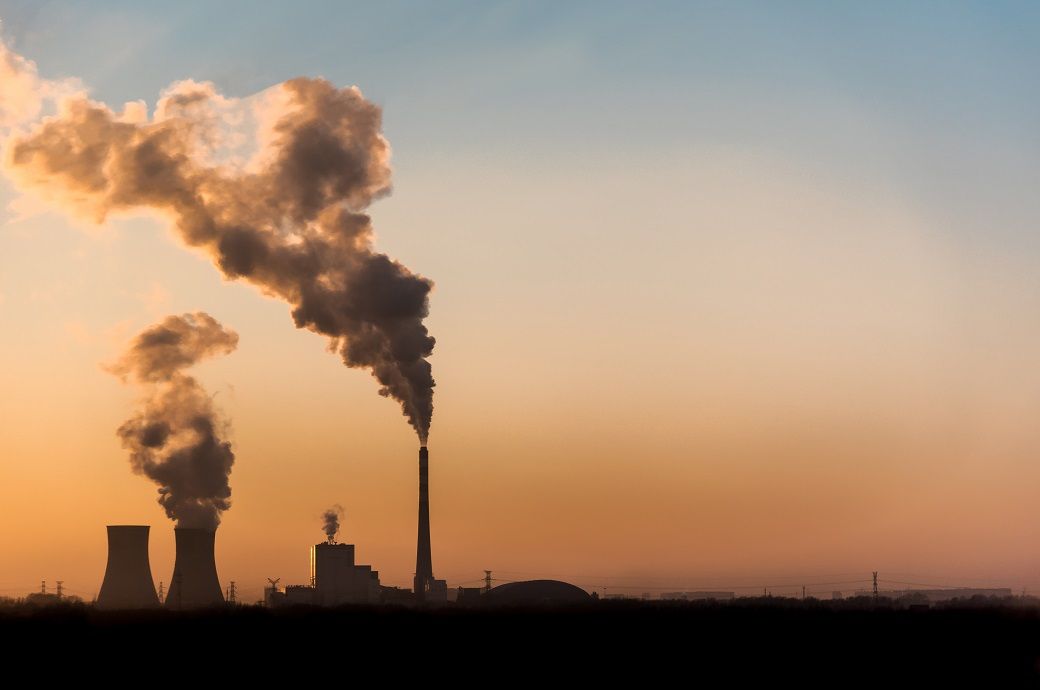IPCC report highlights multiple ways to slash global GHG emissions

In 2018, IPCC highlighted the unprecedented scale of the challenge required to keep warming to 1.5°C. Five years later, that challenge has become even greater due to a continued increase in GHG gas emissions. The pace and scale of what has been done so far, and current plans, are insufficient to tackle climate change, IPCC said in a press release.
“Mainstreaming effective and equitable climate action will not only reduce losses and damages for nature and people, it will also provide wider benefits,” said IPCC chair Hoesung Lee. “This Synthesis Report underscores the urgency of taking more ambitious action and shows that, if we act now, we can still secure a liveable sustainable future for all.”
More than a century of burning fossil fuels as well as unequal and unsustainable energy and land use has led to global warming of 1.1°C above pre-industrial levels. This has resulted in more frequent and more intense extreme weather events that have caused increasingly dangerous impacts on nature and people in every region of the world.
In this decade, accelerated action to adapt to climate change is essential to close the gap between existing adaptation and what is needed. Meanwhile, keeping warming to 1.5°C above pre-industrial levels requires deep, rapid, and sustained GHG emissions reductions in all sectors. Emissions should be decreasing by now and will need to be cut by almost half by 2030, if warming is to be limited to 1.5°C.
The solution lies in climate resilient development. This involves integrating measures to adapt to climate change with actions to reduce or avoid GHG emissions in ways that provide wider benefits.
For example, access to clean energy and technologies improves health, especially for women and children; low-carbon electrification, walking, cycling, and public transport enhance air quality, improve health, employment opportunities, and deliver equity. The economic benefits for people’s health from air quality improvements alone would be roughly the same, or possibly even larger than the costs of reducing or avoiding emissions.
The IPCC reports suggested that increasing finance to climate investments is important to achieve global climate goals. Governments, through public funding and clear signals to investors, are key in reducing these barriers. Investors, central banks, and financial regulators can also play their part. Effective and equitable conservation of approximately 30-50 per cent of the Earth’s land, freshwater, and ocean will help ensure a healthy planet.
Fibre2Fashion News Desk (NB)
































-Ltd..jpg?tr=w-120,h-60,c-at_max,cm-pad_resize,bg-ffffff)





.jpg?tr=w-120,h-60,c-at_max,cm-pad_resize,bg-ffffff)
.jpg?tr=w-120,h-60,c-at_max,cm-pad_resize,bg-ffffff)






